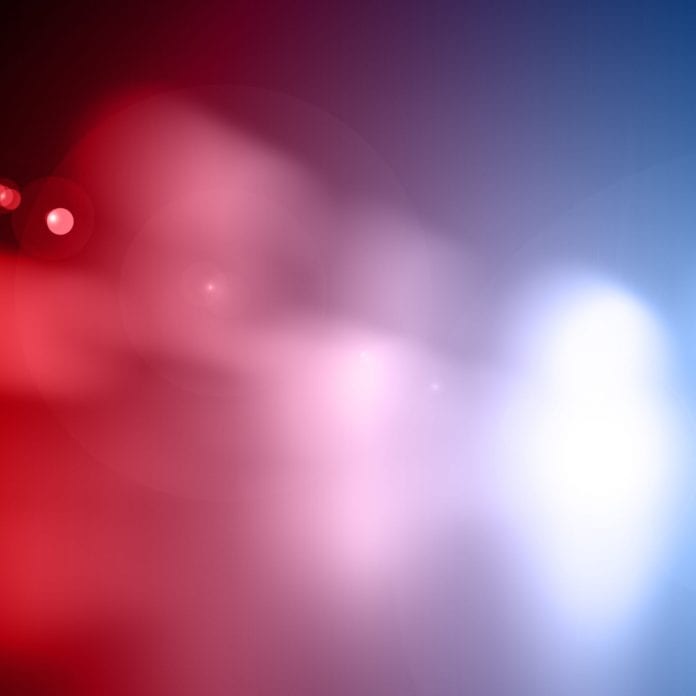A new survey of more than 7,100 first responders conducted by the National Institute of Standards and Technology (NIST) reflects their need for communications tech that is “trustworthy,” “controllable” and “[reduces] user frustration.”
NIST’s “Voice of First Responders” project was five years in the making, starting with around 200 interviews with first responders, which researchers used as the basis to develop a survey that NIST says was the “largest of its kind ever to investigate public safety personnel user experiences” and provides extensive data intended to help communications technology developers “create more useful devices for the field.”
NIST has been analyzing the data from the survey for three years and it has resulted in more than a dozen publications detailing the findings. Additionally, NIST has made the data—interview quotes, survey results and a tool for analyzing the survey data—freely available online to encourage its use.
“For a developer, the data might help you design a better radio, but it also might give you information you never thought of,” said Yee-Yin Choong, an industrial engineer at NIST and co-author of a number of the publications. “One police officer said his body camera needs to show the court exactly what he saw. It should indicate that he was upside down and in the dark, but it shouldn’t change the video contrast, which can make it appear that something in that dark room was plainly visible.”
In addition to nitty-gritty details like those, NIST shared half a dozen high-level conclusions drawn from the survey data. New communications tech for first responders should:
-Improve on the technology that first responders currently have.
-Reduce unintended consequences such as distracting responders’ attention from their primary tasks.
-Accommodate a wide variety of public safety’s needs across districts and disciplines (law enforcement, fire, emergency medical response and 911 communications) and “contexts of use.”
-Be developed for the specific needs and user characteristics of first responders, rather than “technology for technology’s sake.”
– Have price points that are affordable for individual departments but scalable for widespread use/distribution.
-Be “usable”, or as NIST put it: “Technology should make it easy for the user to do the right thing, hard to do the wrong thing, and easy to recover when the wrong thing happens.”
“We set out to understand this technology from their perspective, to find out what is working for them and what isn’t,” said Choong. She added: “Our findings are aimed at the research and development community, but we are also trying to reach administrators who make purchases. Technology needs to be trustworthy, and the users need autonomy over it. Our results indicate that if you focus on those things, the users will be happier.”

